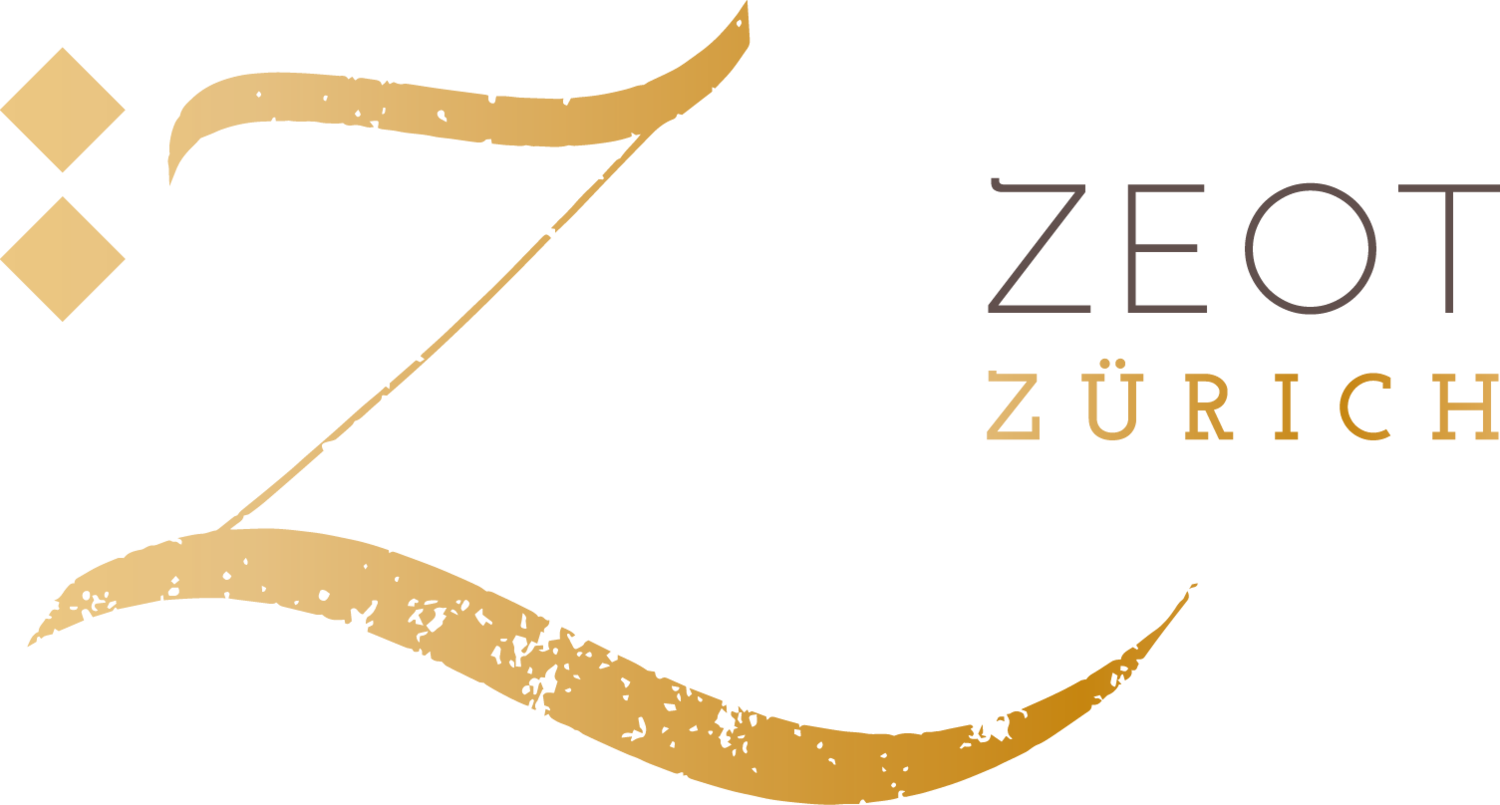There are a multitude of positive benefits to belly dancing. It can correct bad posture, tone muscles, increase core strength and circulation to the pelvic area. Belly dance also offers a great form of aerobic exercise, with natural endorphins entering the body and giving us an exercise high.
However despite the physical benefits of belly dance, as with any sport or dance art if you only do belly dance it can result in an imbalance in your body. Cross training with different types of exercise both makes you a better dancer and it also helps prevent overuse injuries.
Cross training is any type of physical activity, other than belly dancing, that improves your fitness and dance ability. These activities give your body a break from dancing and work on your strength, endurance, balance, agility, and power.
WHAT BELLY DANCE CAN DO FOR YOUR BODY
Belly dance can help relieve stress to the back, counteracting the almost constant compression of the disks that occurs from sitting and a sedentary lifestyle. It’s also a great exercise for the body’s bones and joints. It can help prevent osteoporosis, as it requires body weight to be shifted from leg to leg – working out a range of different bones and joints in the process. Belly dancing is also a low impact form of exercise as the muscles used such as the pelvis, spine and abdomen, work with the body- rather than against it.
WHY ITS IMPORTANT TO SHAKE THINGS UP
Doing other types of exercise helps dancers build/maintain strength and stability. Strength and stability will help improve your belly dance technique, and also give you more stamina (if you want to go to several classes in one evening for instance).
It’s also important to train in ways that your body is not used to. For example, belly dancers spend most of their time in parallel position, so it’s good to attend ballet or barre au sol where you’ll also work in turn-out and therefore tone and strengthen other muscles.
TIPS ON HOW TO CROSS TRAIN
Dance is both an aerobic and anaerobic activity, therefore try to incorporate both activities into your cross training. Aerobic activity is defined as an activity that requires oxygen, raises your heart rate, and can be sustained for long periods of time. Examples of aerobic activity include running, swimming or group fitness classes.
Any exercise that consists of short exertion, high-intensity movement is an anaerobic exercise. Examples of anaerobic activity include weight lifting or strength training, High Intensity Interval Training or plyometrics. Strength training is crucial for dancers and is the one thing that many dancers neglect. In order to perform to your fullest potential and minimize injuries, you need to have a strong foundation throughout your entire body.
You’ll find both aerobic and anaerobic training in any of our fitness classes, such as Shimmy Fit, Dance Fit or Barre au Sol. More details about these classes can be found here in our course descriptions >>







